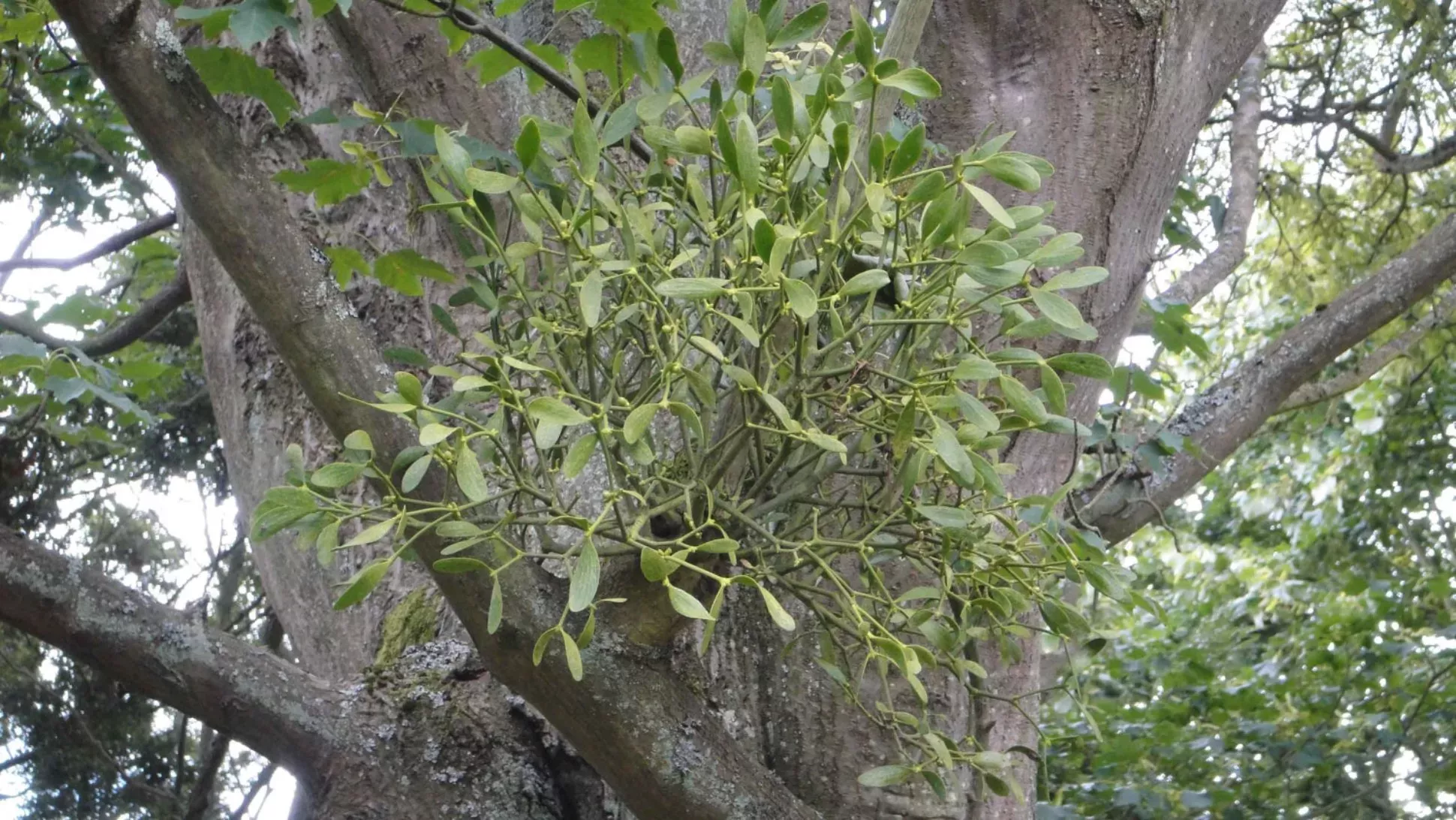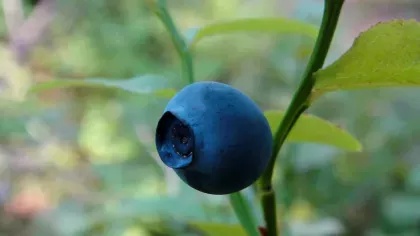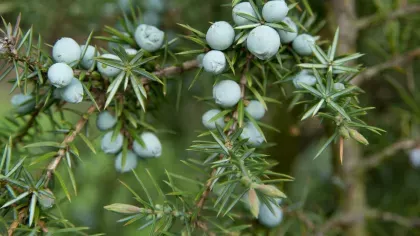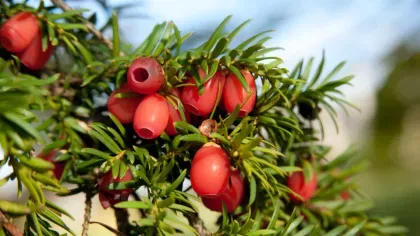18 December 2017
Is mistletoe more than just an excuse for a kiss?
Mike Fay explores our long relationship with mistletoe, and delves into its biological peculiarities.

Viscum album is one of the best known parasitic plants - essentially gaining both water and nutrients from the plant it has made its home.
But its unique biology is not the only reason why it is so well known, famed for being both a life saver and a killer.
Myths and fairy tales
One of the earliest mentions of mistletoe is in Norse mythology. It’s reputed that Balder (son of Odin) was killed with a spear made of mistletoe, which led to Balder’s mother, Frigg, banishing mistletoe to the tops of the trees.
It has been widely used in medicine for treating both epilepsy and tumours, and in sorcery too, with tales of its use to keep witches at bay and as a love potion.
And perhaps that’s where our use of it as a Christmas decoration comes from - watch where you stand, you may receive some unexpected attention!
Sadly, the sticky fruits are sometimes also used to make a glue for catching song birds. Despite this practice being outlawed, it’s still known to take place around the Mediterranean.

Parasites: hard to classify
When it comes to botany, plants that parasitise other plants have been among the most difficult groups of plants to fit into a classification system.
This is because of their modified biology and their often highly reduced morphology. For example, the roots of the stem parasites don’t resemble roots of non-parasitic plants, being modified into sucker-like structures called haustoria that tap into the food resources of the host plant.
Mistletoe is a member of Santalaceae, the sandalwood family, but parasites are found in about 15 other families of flowering plants.
In the latest version of the Angiosperm Phylogeny Group classification (APG IV) (the system we taxonomists use to order and classify plants), Santalales (the order including many of the families of parasites) are one of the few remaining groups we still find problematic. Here, relationships between the families, and how the families should be grouped, have still not been fully resolved.
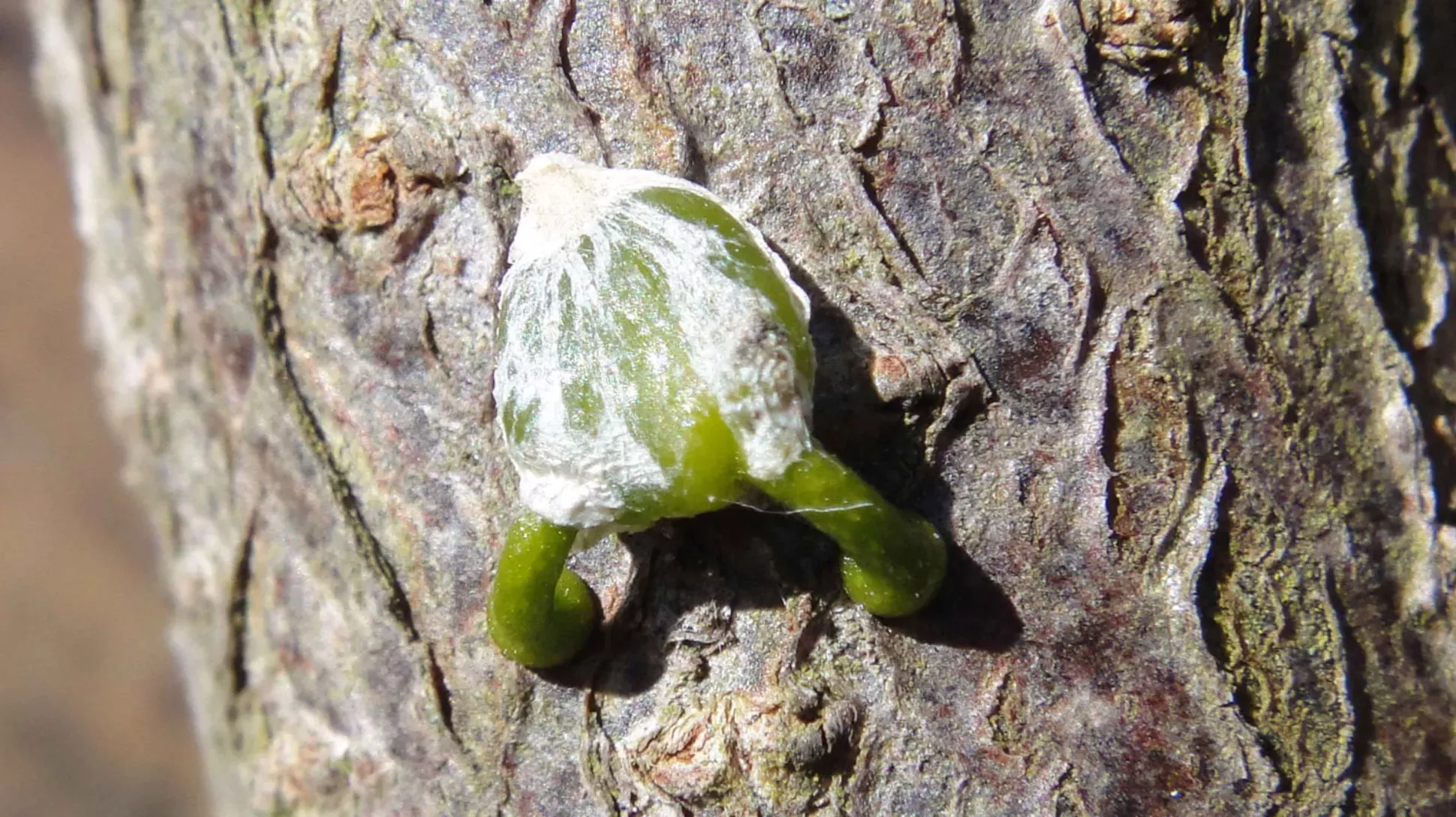
Stealing food from other plants
Members of the Santalaceae family, including mistletoe, all produce chlorophyll and so should be capable of producing some of their food by photosynthesis.
Plants like this, that can both make their own food, and steal it to order, are sometimes referred to as hemi-parasites, mooching off their hosts to supplement their diets.
In addition to mistletoe and others that live on the stems of plants, there are some which live on the roots.
Known as root parasites, they include the famous sandalwoods (Santalum species) which are cultivated or harvested from the wild, often unsustainably, for their scented wood.
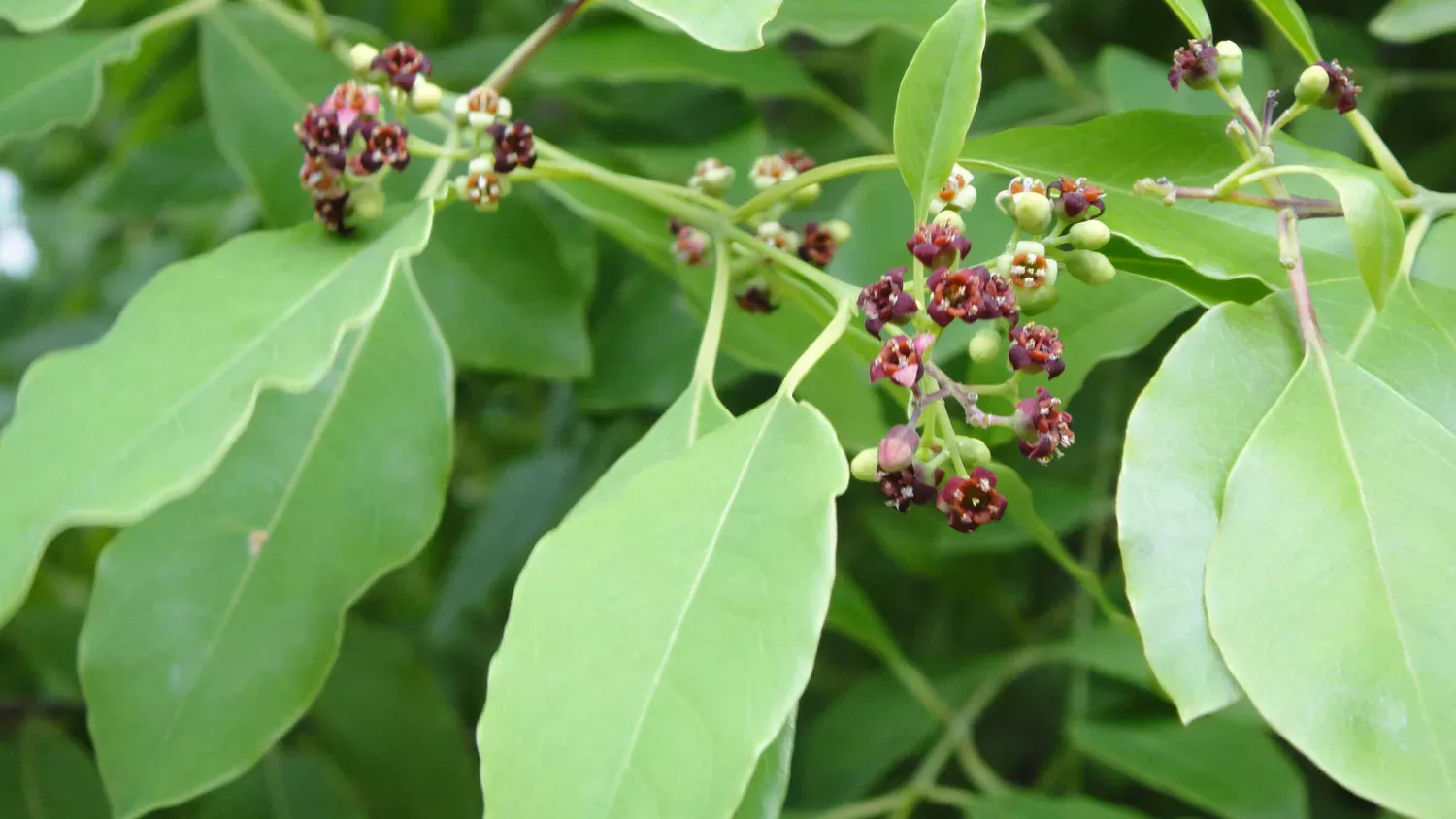
Cable cutting Christmas trees
The Western Australian Christmas tree (Nuytsia floribunda), the world’s largest root parasite, is a member of Loranthaceae (another family in the order Santalales).
It can grow up to 12m tall and steals its rich diet from nearly all the plants that grow near it. Its haustoria that attach to the roots of host plants have been known to encircle buried cables and to digest them, leading to whole villages losing telephone connection!
In warmer climates, leaves of parasites often feel cooler than those of their hosts, especially in dry conditions.
This is due to evaporative cooling. While the host is trying to conserve water by closing its stomatal pores, the parasite benefits from keeping its pores open, dragging through water and soluble food from the host.
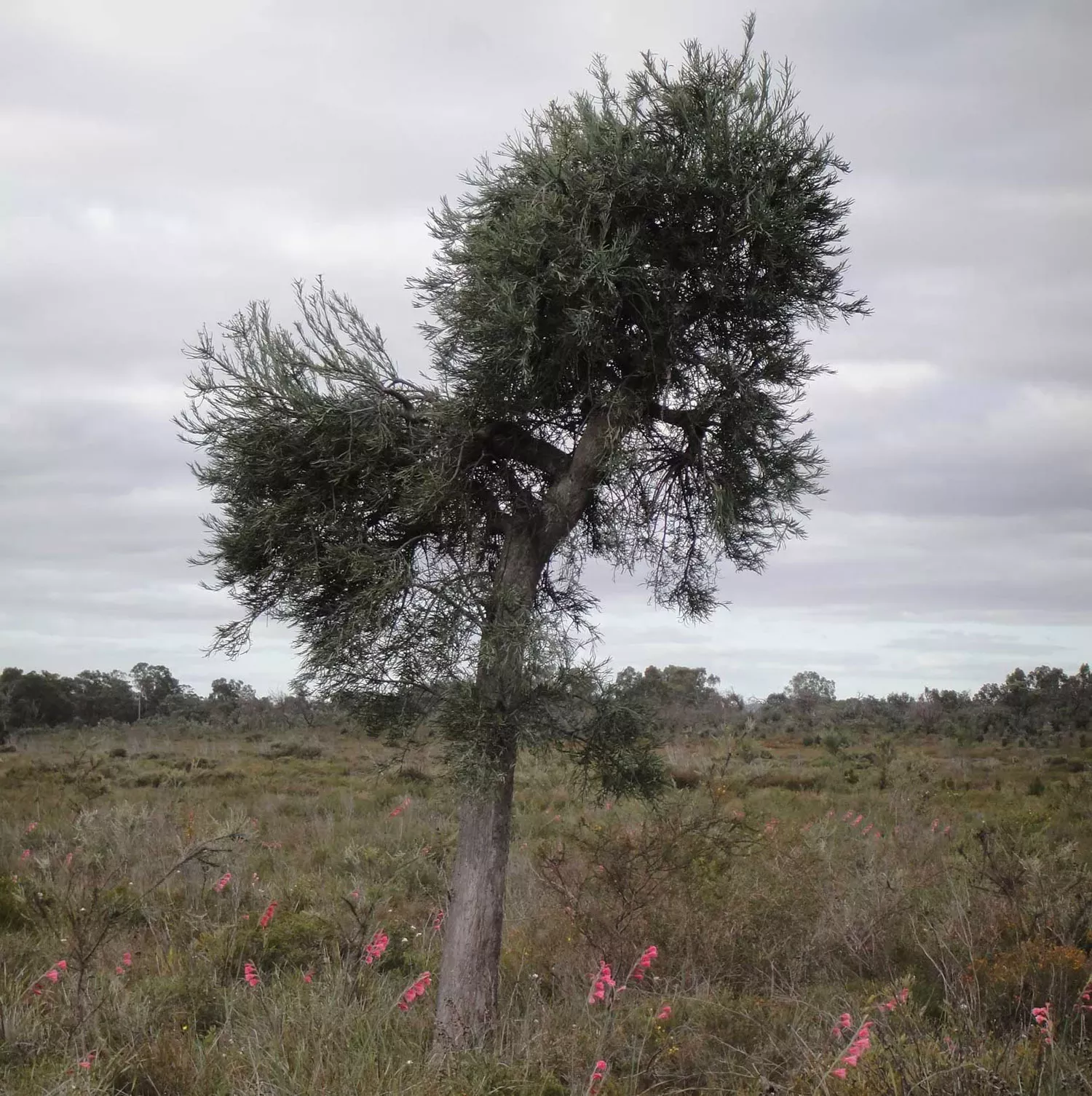
More DNA than humans!
This brings me to one final unusual characteristic of mistletoe – its DNA.
The genome size of flowering plants varies enormously, but nearly all large genomes are found in monocots (lilies, grasses and their relatives). The main exception to this is mistletoe and its close relatives.
Viscum species have the largest genomes so far discovered among the eudicots – the other major group of flowering plants. Mistletoe has more than 25 times more DNA in each cell than we do in ours!
One of the effects of this large genome is that mistletoe has enormous cells surrounding its pores, meaning that they are also very large – one hypothesis is that this facilitates the mistletoe dragging through lots of water and food from its host.
So more than just an excuse for a kiss, mistletoe and its relatives are among the most enigmatic groups of flowering plants and they have all sorts of interesting characteristics for botanists to research.
